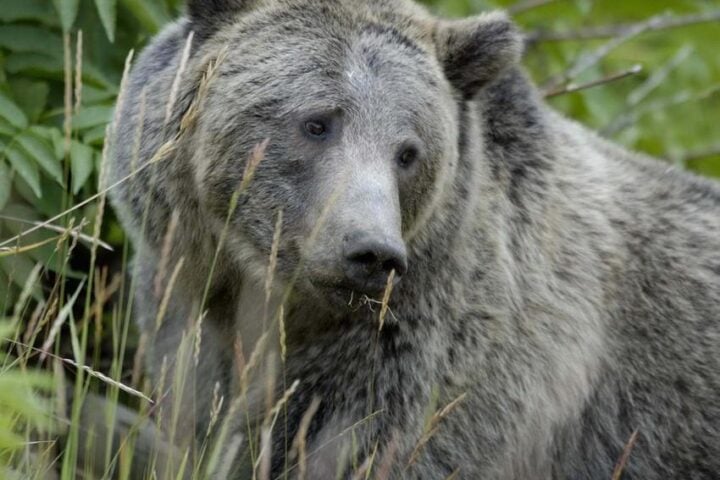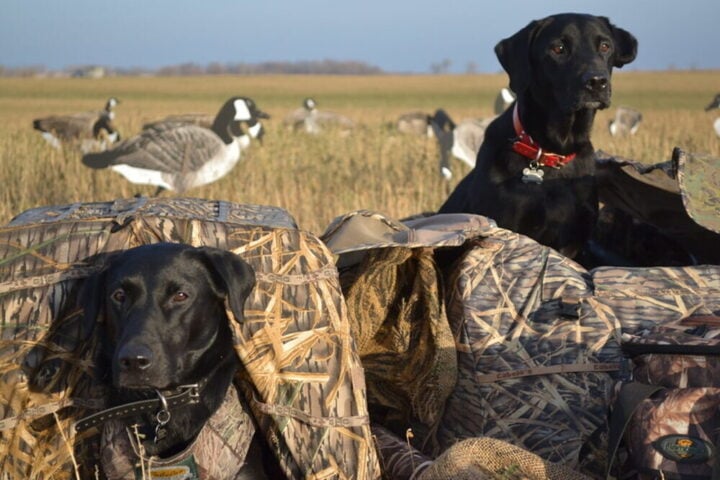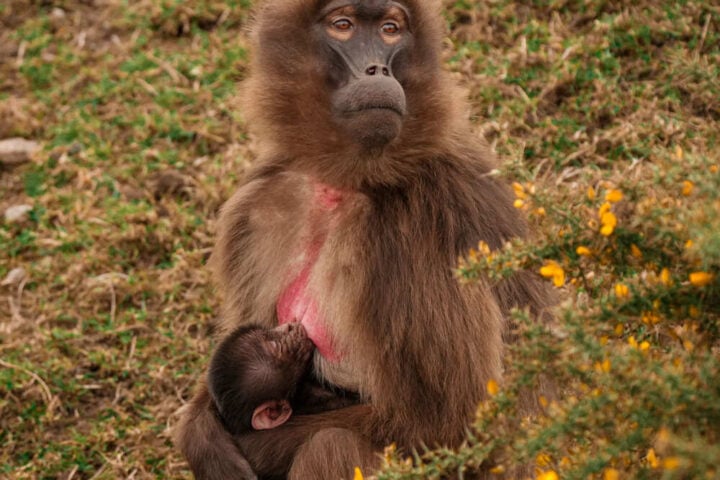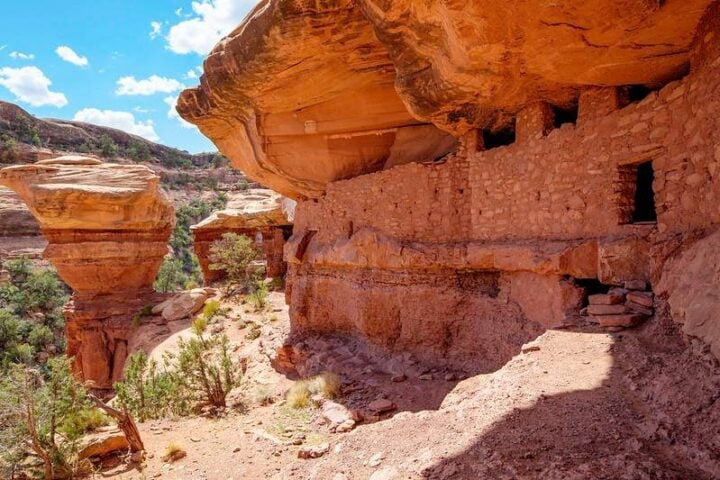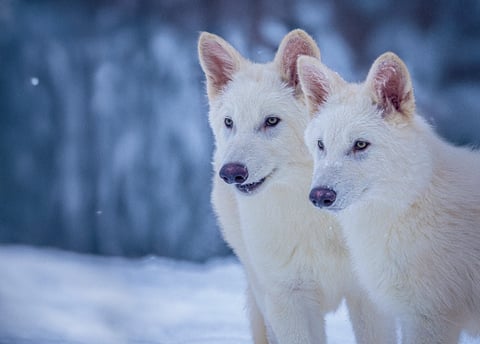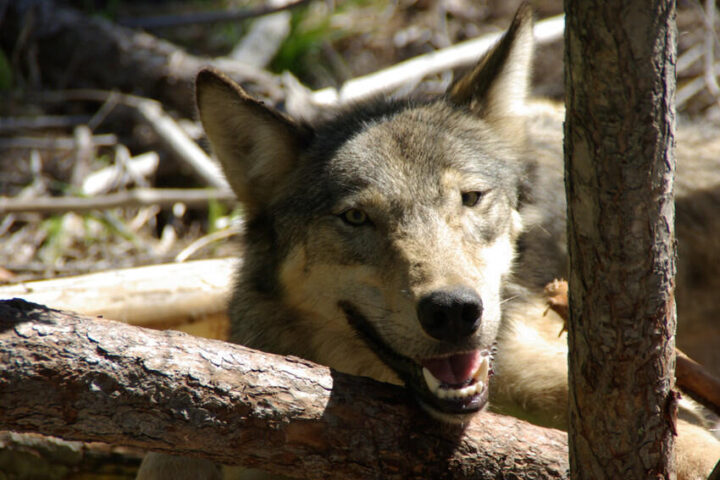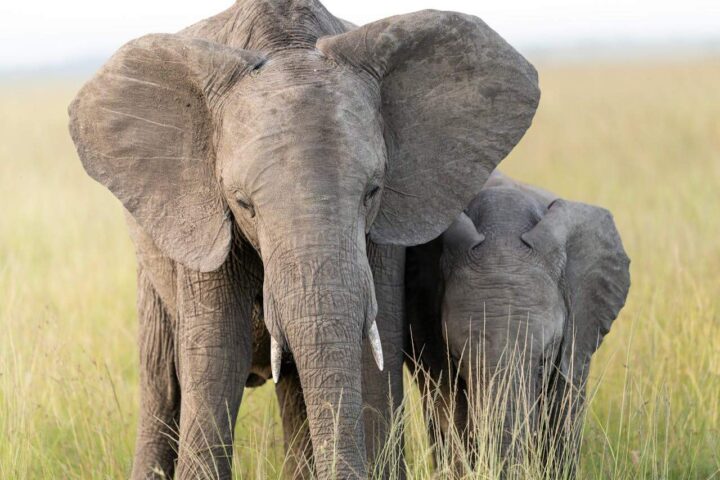Alaska plans to shoot bears and wolves from helicopters in 2025. This move aims to help moose and caribou numbers grow, but environmental groups and wildlife advocates oppose the approach.
The numbers tell a stark story. State officials will permit killing up to 80% of wolves and black bears, plus 60% of brown bears across 20,000 acres. This means reducing wolves to just 35 animals, black bears to 700, and brown bears to 375. Last year’s helicopter hunting already killed 100 bears, including 20 cubs.
“Alaska’s practice of indiscriminately strafing predators is both inhumane and inane,” says Rick Steiner, a former University of Alaska-Fairbanks professor and ecologist. “There is no scientific evidence that this carnage will boost populations of moose and caribou.”
The state’s own research raises red flags. An October 2024 report shows caribou and moose populations are affected by disease, nutrition, and harsh winters. About 65% of deaths come from starvation or dehydration. The state didn’t even count how many brown bears lived in the area before starting the kills.
Similar Posts
The hunting has already affected national parks nearby. In Denali National Park, visitors’ ability to see intact wolf packs has plummeted. The changes forced scientists to stop a 20-year study of wolves in Yukon-Charley National Preserve because so few wolves remain.
Tim Whitehouse, who leads Public Employees for Environmental Responsibility (PEER), highlights the economic impact: “Tourist dollars from people wanting to see these predators far exceed any extra hunting money the state might make.”
Concerns about transparency also trouble critics. The state won’t let independent observers watch the hunting or take photos. Over half the brown bears killed in 2024 were female adults, making it harder for the population to recover.

The program continues under current policies. The Biden administration has upheld Trump-era rules, allowing practices like killing bear cubs in their dens. The public can share their thoughts on the plan through December 27th. Their input could shape how Alaska manages its wildlife in the future.
Nichole Schmitt from the Alaska Wildlife Alliance puts it bluntly: “Paying state employees to shoot down innocent wildlife is nothing short of distasteful.”
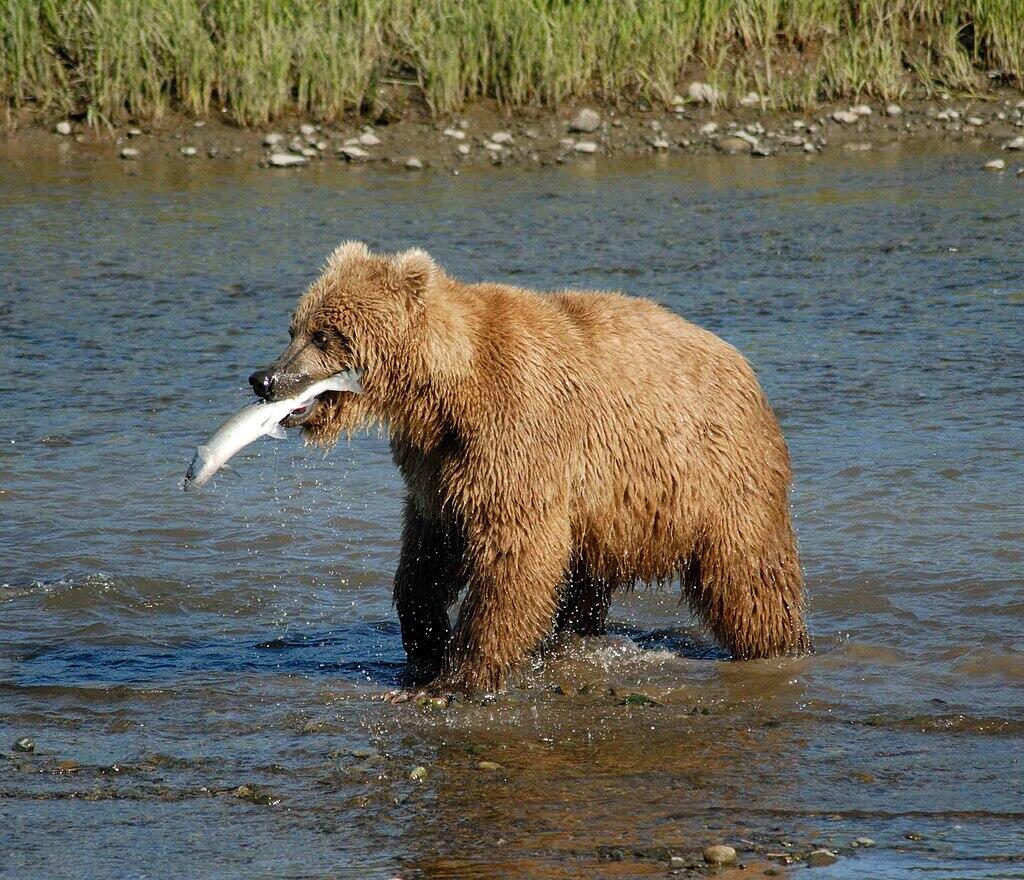
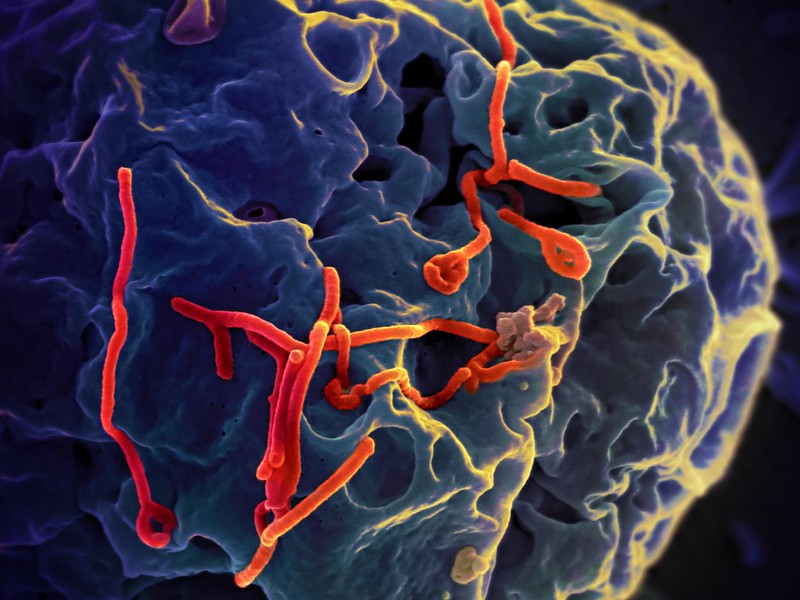
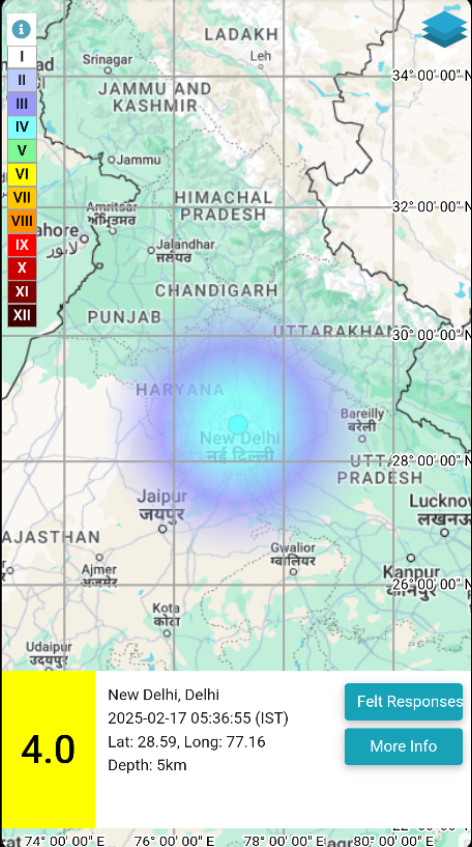
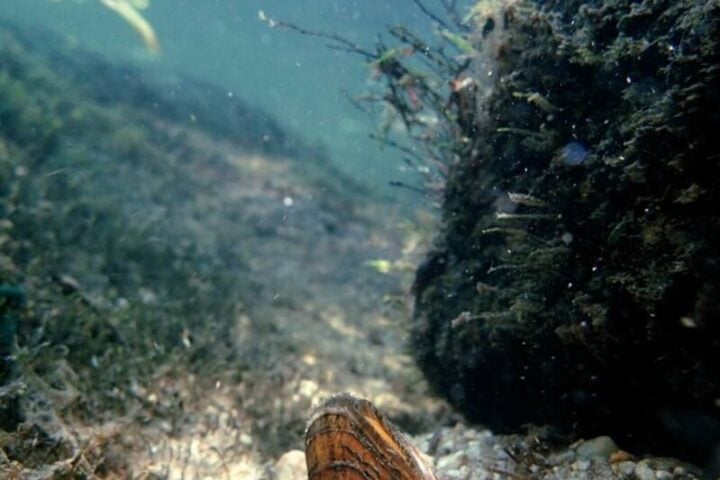
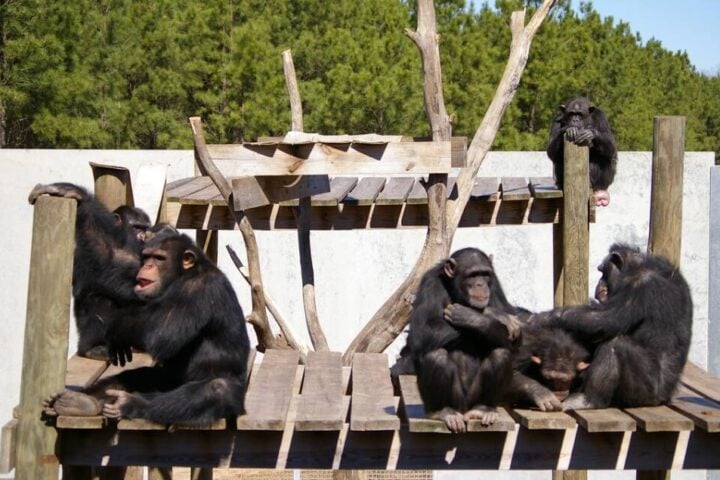
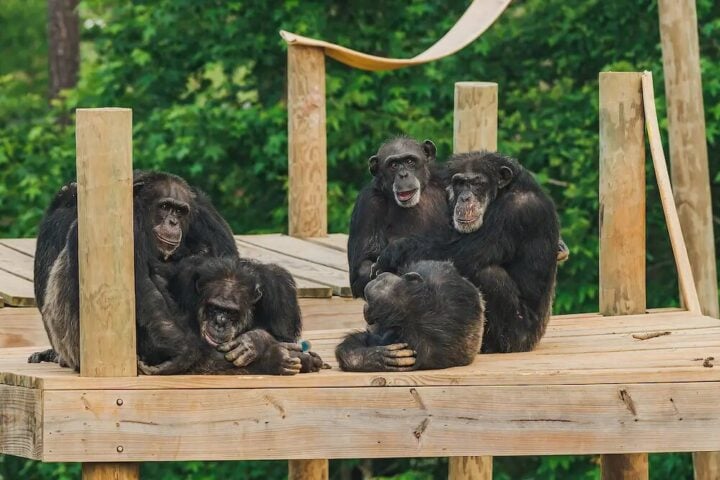
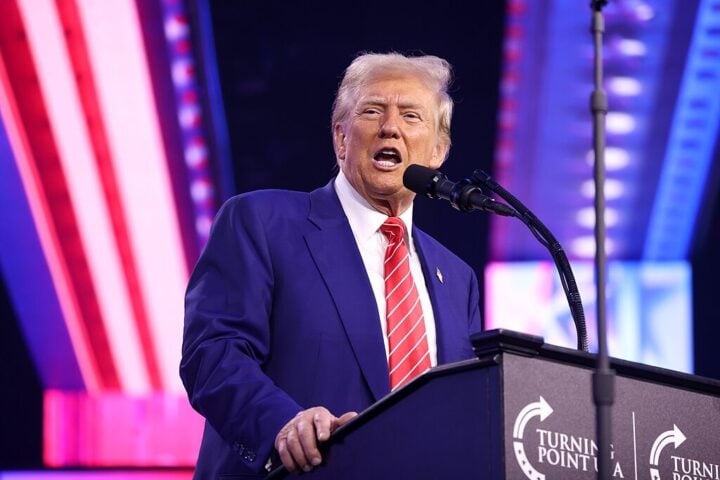
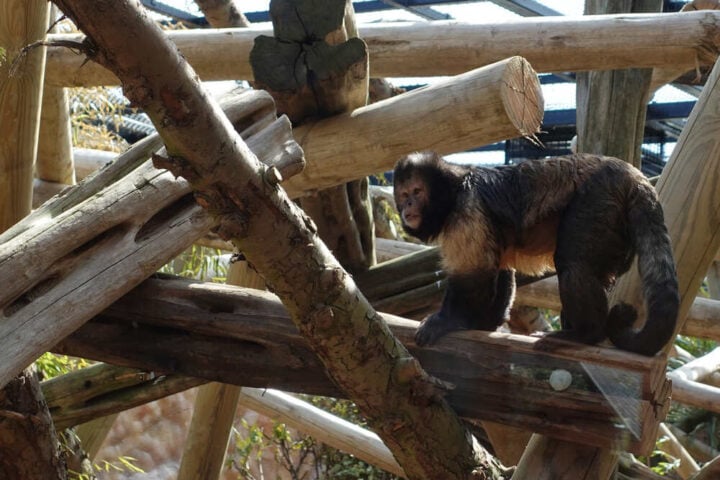
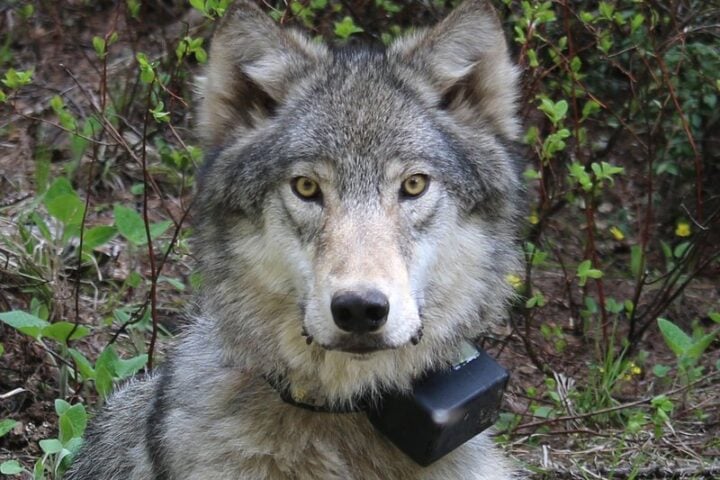
![Representative Image: European Starling [49/366]. Photo Source: Tim Sackton (CC BY-SA 2.0)](https://www.karmactive.com/wp-content/uploads/2025/04/Starlings-Drop-82-in-UK-Gardens-as-Birdwatch-2025-Reveals-Record-Low-Count-Since-1979-720x480.jpg)
